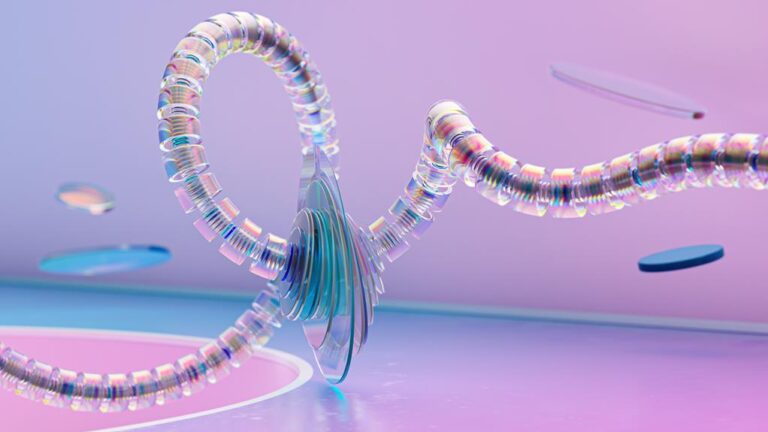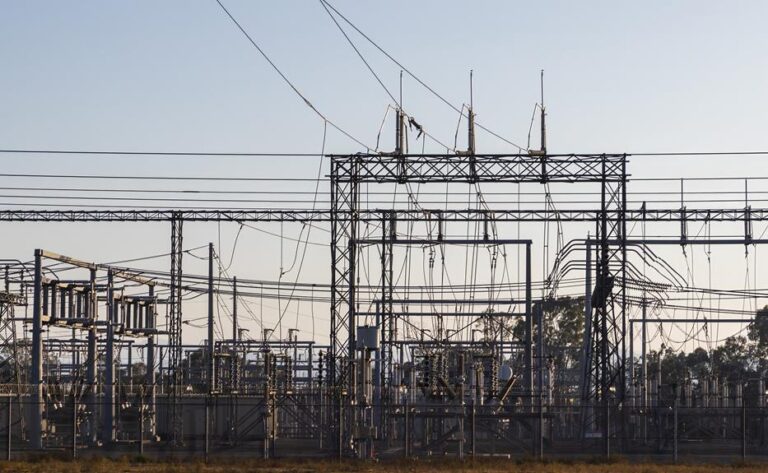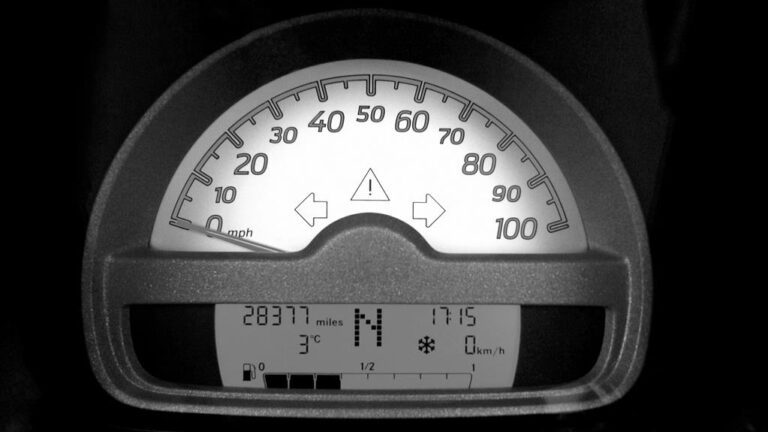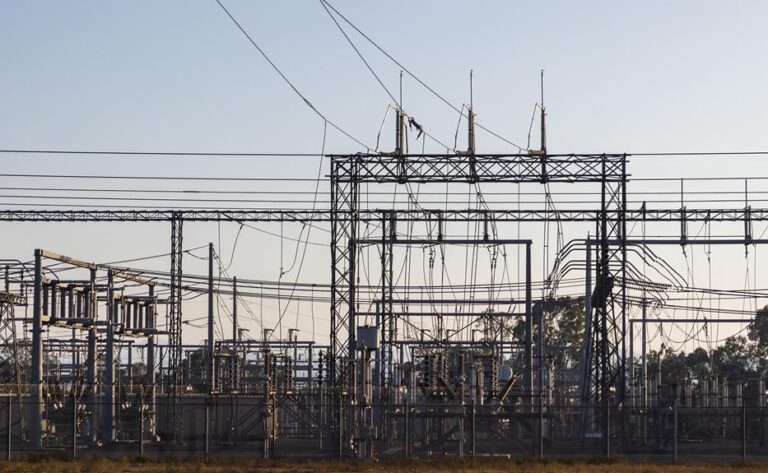Unlock Torque: Performance Camshaft Profiles Demystified
Like a conductor orchestrating a symphony, a vehicle's camshaft profile choreographs the engine's performance. This article delves into the mechanics of performance camshaft profiles, the key components that enhance torque, and how to choose the right profile for your vehicle. We also examine the science behind these profiles, their practical applications, maintenance tips, and future trends. Join us as we demystify the intricate dance of power and efficiency that these profiles play in unlocking your engine's torque.
Key Takeaways
- Understanding performance camshaft profiles is crucial for making informed decisions when selecting camshafts.
- Performance-oriented camshaft profiles offer higher lift and longer duration for increased power output.
- Camshaft profiles need to be balanced with other engine components and operating conditions to avoid issues with low-end torque and drivability.
- Factors to consider when choosing a camshaft profile include the vehicle's purpose, engine specifications, compatibility with valvetrain components, budget, and impact on torque and power curves.
Understanding Performance Camshaft Profiles
In the realm of automotive engineering, there are four critical aspects to understanding performance camshaft profiles: lift, duration, timing, and overlap. The lift refers to the maximum distance the camshaft lobe pushes the valve open. This distance has a direct impact on the horsepower boost and torque an engine can produce. The duration, on the other hand, is the period the cam holds the valve open. This factor is vital in engine tuning, significantly influencing the engine's power band.
Timing is another crucial aspect of performance camshaft profiles. It refers to when the intake and exhaust valves open and close in relation to the piston's position. Precise timing ensures optimal engine performance. Lastly, the overlap period, when both intake and exhaust valves are open, optimizes the scavenging effect, leading to greater engine efficiency.
Understanding these aspects allows enthusiasts to make informed decisions when selecting performance camshafts. This knowledge also liberates them from relying solely on manufacturers' specifications. Thus, it is pivotal in the quest for the perfect balance between power, efficiency, and drivability.
Role of Camshaft Profiles in Engine Performance
While the camshaft may appear as a simple metal rod to the untrained eye, its profile plays a pivotal role in dictating the engine's performance by influencing the air-fuel mixture intake and exhaust gas expulsion. This influence is a direct consequence of the profile's control over valve timing, lift, and duration.
A camshaft upgrade can significantly alter an engine's characteristics. A performance-oriented profile can offer a higher lift and longer duration, which allows for a greater volume of the air-fuel mixture to enter the combustion chamber, and subsequently, more exhaust gases to be expelled. This results in increased power output and a distinctively tuned exhaust note.
However, it's important to remember that these enhancements must be balanced with the engine's other components and operating conditions for optimal results. An overly aggressive camshaft profile could lead to valve overlap, causing a loss of low-end torque and drivability issues.
Understanding the role of camshaft profiles in engine performance is the first step towards liberation in your quest for greater engine power and efficiency. As we delve deeper into this topic, let's now explore the key components of performance camshaft profiles.
Key Components of Performance Camshaft Profiles
The essential factors that shape the performance of camshaft profiles are the basics of camshaft profile, lobe separation angle, duration, and lift. The lobe separation angle directly influences the engine's performance characteristics, while duration and lift play fundamental roles in dictating the valve events. Understanding these key components allows for the optimal manipulation of camshaft profiles to achieve desired engine performance and torque output.
Camshaft Profile Basics
Before we can delve into the intricacies of performance camshaft profiles, it is essential to understand the fundamental components of a camshaft profile itself. A camshaft profile encompasses the camshaft lobe's design, which significantly impacts the valve's opening and closing actions in the engine. Key characteristics of the lobe, such as its lift, duration, and ramp, play a crucial role. The lift refers to the maximum distance the valve opens, while the duration is the time period for which the valve stays open. The ramp is the slope of the lobe that initiates and ends the valve lift. Each of these aspects directly affects the engine's power output, fuel efficiency, and overall performance. With this foundation, we are now prepared to examine the complexities of lobe separation angle.
Lobe Separation Angle
As we probe deeper into the subject, it becomes apparent that lobe separation angle, a critical component of performance camshaft profiles, dramatically influences the engine's torque and power output.
Consider these four key aspects:
- Definition: The lobe separation angle refers to the angle in camshaft degrees between the maximum lift points of the intake and exhaust lobes.
- Impact on Torque: A smaller lobe separation angle can result in increased overlap which improves torque at low RPM but may limit high RPM power.
- Impact on Power: A larger lobe separation angle decreases overlap, potentially increasing high RPM power while possibly reducing low RPM torque.
- Tuning: Adjusting the lobe separation angle is a potent tuning tool to meet specific performance requirements.
Understanding and manipulating this angle liberates engine potential.
Duration and Lift
Why are duration and lift considered key components of performance camshaft profiles, and how do they influence engine performance? Duration refers to the length of time (in crankshaft degrees) that an intake or exhaust valve is open. A longer duration can allow more air-fuel mixture into the cylinder, increasing power at high engine speeds. Conversely, lift refers to the maximum distance the valve opens from its seat, determining the volume of air-fuel mixture entering the engine. Greater lift can enhance power output by allowing a larger volume of mixture into the combustion chamber. However, excessively high lift may cause mechanical issues. Balancing these elements to match the engine's intended application is critical for maximum performance and reliability.
How Performance Camshaft Profiles Enhance Torque
Understanding the mechanism by which performance camshaft profiles augment torque is crucial in the optimization of engine performance. The specific shape and design of these profiles substantially influence the torque curve, thereby affecting the overall engine output. We will now explore the intricate correlation between camshaft profiles and torque enhancement, focusing on the intricate interplay of these two critical engine components.
Torque Increase Mechanism
Through the use of performance camshaft profiles, there is a significant enhancement in torque, a fundamental aspect that we will explore in this section. This increase in torque is achieved in four main ways:
- Higher Lift: Performance camshafts have a larger lift, which opens the valves further, allowing more air-fuel mixture into the combustion chamber.
- Longer Duration: The duration of valve opening is prolonged, creating a greater window for the air-fuel mixture to enter and exit the cylinder.
- Advanced Timing: The timing of valve opening and closing is optimized to complement the engine's operating range.
- Aggressive Ramp Rates: The speed at which the valves open and close is increased, enhancing the engine's responsiveness.
This knowledge liberates us from the constraints of standard engine performance, paving the way to understanding the impact of profiles on torque.
Profiles Impact on Torque
The influence of performance camshaft profiles on torque is a pivotal aspect of engine optimization, significantly enhancing power output and overall vehicle performance. The shape and design of the camshaft lobes, or 'profiles', directly determine the valve timing, duration, and lift, which correlate to the engine's torque production. A more aggressive camshaft profile, characterized by higher lift and longer duration, optimizes the engine's breathing capability, allowing more air-fuel mixture into the combustion chamber. This, in turn, generates a higher torque output, elevating the overall performance of the vehicle. Conversely, a milder camshaft profile reduces the engine's power potential, but may offer better fuel efficiency. In the quest for maximum torque, the selection of the proper camshaft profile is crucial. This leads us to the subsequent section: choosing the right performance camshaft profile for your vehicle.
Choosing the Right Performance Camshaft Profile for Your Vehicle
Several factors must be considered when selecting an optimal performance camshaft profile for your vehicle. To ensure you make a choice that liberates your vehicle's potential and aligns with your driving goals, it is crucial to take a detailed, analytical approach.
- Vehicle Purpose: The primary use of your vehicle informs camshaft selection. Track cars will require different profiles compared to daily drivers or towing vehicles, as each application demands unique torque and power curves.
- Engine Specifications: The engine type, size, and existing modifications all influence the camshaft profile choice. Specific cam profiles are designed to optimize performance for certain engine configurations.
- Valvetrain Components: To ensure compatibility and peak performance, it is essential to match the cam profile with the other valvetrain components. This includes items such as the lifters, pushrods, and valves.
- Budget and Installation: High-performance camshafts can be expensive. Consider your budget and the potential need for professional installation, which can add to the overall cost.
The Science Behind Performance Camshaft Profiles
Delving into the science behind performance camshaft profiles, we must understand the intricate relationship between camshaft design and engine performance, and how these two elements work in tandem to unlock torque. Camshafts are specifically engineered to alter the timing, duration, and lift of the engine's valves, thereby manipulating the combustion process and directly influencing torque output.
At the heart of this process is the camshaft profile, which defines the exact timing and extent of valve openings. The profile is determined by the cam lobe's shape and size, with each lobe controlling a corresponding valve. Aggressive cam profiles, characterized by high lift and long duration, tend to unlock greater torque at higher RPMs, but may lead to reduced low-end torque and fuel economy.
Conversely, milder profiles optimize low-to-midrange torque, proving beneficial for daily driving. The choice of profile impacts valve overlap, the brief period when both intake and exhaust valves are open simultaneously. Greater overlap can lead to increased volumetric efficiency at high RPMs, further enhancing torque.
Balancing these variables is a meticulous process, requiring detailed knowledge of engine dynamics and performance expectations. It is the underlying science that allows us to maximize torque through precision camshaft design.
Performance Camshaft Profiles: Practical Applications
Drawing from our understanding of performance camshaft profiles and their influence on engine dynamics, let's delve into their practical applications in various driving scenarios, including daily commuting, racing, and off-roading.
- Daily Commuting: For the everyday driver, a mild or stock camshaft profile provides optimal low-end torque and fuel efficiency. This is vital for stop-and-go traffic and urban driving conditions, where rapid acceleration isn't typically required.
- Racing: High-performance camshafts with aggressive profiles are ideal for racing scenarios. They are designed to maximize high RPM power for rapid acceleration and top end speed, critical elements in competitive racing.
- Off-Roading: Off-road drivers benefit from camshaft profiles that bolster mid-range power. This offers steady, strong torque necessary for navigating uneven terrains and steep inclines.
- Towing and Hauling: For vehicles regularly towing heavy loads, camshaft profiles that enhance low-to-mid-range torque are beneficial. They deliver the robust pulling power needed for these demanding tasks.
Understanding the relationship between camshaft profiles and engine performance liberates us from the constraints of limited knowledge, enabling informed decisions that enhance our driving experience. Stay tuned, as we navigate next into the essential 'maintenance tips for performance camshaft profiles'.
Maintenance Tips for Performance Camshaft Profiles
To ensure optimal performance and longevity of your vehicle, understanding the maintenance requirements for different performance camshaft profiles is a critical aspect. Regular inspection of the camshaft and its associated components is crucial to ensure they are in good working order. This should involve checking for signs of wear and tear, as well as ensuring the camshaft is properly lubricated.
The proper maintenance regimen should also include periodic replacement of the camshaft and its associated components as necessary. This can be influenced by factors such as the type of camshaft, the specific vehicle model, and the driving conditions. It is also advisable to consult your vehicle manufacturer's guidelines or a professional mechanic to determine the optimal maintenance schedule.
Furthermore, it's essential to use high-quality parts and lubricants, as poor-quality components can negatively impact the performance and durability of the camshaft. The use of appropriate tools during maintenance and repair is equally important to prevent inadvertent damage.
Future Trends in Performance Camshaft Profiles Technology
As we shift our focus towards the future, it's crucial to note that the technology behind performance camshaft profiles is continuously evolving and pushing boundaries. The relentless pursuit of improved engine performance is driving innovation in this field, with several key trends emerging.
- Integration of Advanced Materials: The use of lightweight, high-strength materials in camshaft manufacturing is expected to increase. These materials can withstand the intense pressure and high temperatures within an engine, thereby reducing wear and prolonging camshaft life.
- Precision Engineering: Enhanced precision in camshaft design and manufacturing is resulting in profiles that deliver superior torque and power output, while minimizing engine stress and vibration.
- Digital Modeling and Simulation: Advancements in software tools are enabling more accurate and efficient design of camshaft profiles. These tools simulate engine operations under various conditions, allowing engineers to optimize camshaft design before physical production.
- Increased Adoption of Variable Valve Timing (VVT) Systems: VVT technology adjusts the timing of the intake and exhaust valves according to engine speed. This improves engine performance, fuel efficiency, and emissions.
These trends illustrate how technology is liberating the potential of performance camshafts, empowering engines to deliver unprecedented levels of power and efficiency.
Frequently Asked Questions
What Is the Average Cost of Installing a Performance Camshaft Profile?
The average cost of installing a performance camshaft profile varies significantly depending on the vehicle type and labor rates, typically ranging from $150 to $1,000, excluding the price of the performance camshaft itself.
How Much Time Does It Typically Take to Install a New Performance Camshaft Profile?
The installation duration for a new performance camshaft profile can vary, but on average, professionals can complete the task within 3-5 hours. This timeframe includes removal, installation, and post-installation adjustments.
Are There Any Specific Brands Known for Their High-Quality Performance Camshaft Profiles?
Yes, several brands are renowned for their high-quality performance camshaft profiles. These include COMP Cams, Crane Cams, and Crower, all of which are known for their superior engineering and manufacturing standards.
Can a Novice Car Enthusiast Install a Performance Camshaft Profile on Their Own, or Does It Require a Professional?
Installing a performance camshaft profile can be a complex task. It requires mechanical knowledge and precision. While a novice enthusiast may attempt it, professional installation is recommended to ensure optimal performance and prevent potential damage.
Do Performance Camshaft Profiles Have Any Negative Impacts on Fuel Efficiency?
Yes, performance camshaft profiles can negatively impact fuel efficiency. They tend to operate at higher RPMs, generating more power but consuming more fuel. Therefore, they may not be ideal for everyday, fuel-conscious driving.
Conclusion
In conclusion, performance camshaft profiles play a pivotal part in enhancing engine efficiency, particularly torque. The careful choice of the correct profile, coupled with consistent maintenance, ensures optimal performance. Future technological trends promise further advancements in this field, potentially revolutionizing vehicular performance. Understanding the science behind these profiles is, therefore, essential in maximizing engine output and vehicle performance.







